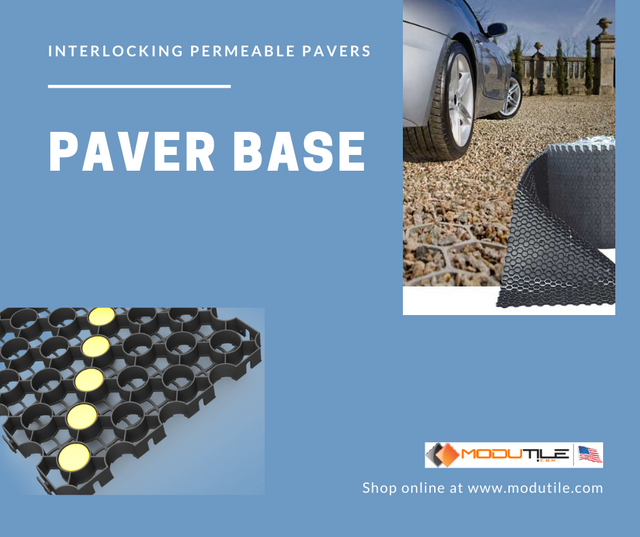When placing pavers for patios, walks, and other outdoor hardscapes, the paver base is the foundational layer that is employed. Usually made out of different-sized broken stones, it can also contain stone dust. This coarse material is essential for building a strong, level base that supports the pavers above and allows for sufficient drainage.
Paver bases fulfill several vital purposes. It first guarantees a flat, consistent surface for you to install pavers. Secondly, the base's crushed stone encourages proper drainage, avoiding water buildup and possible freeze-thaw damage. Additionally, the paver base increases stability, lowering the possibility that foot traffic or other outside forces will cause pavers to shift over time.
Although crushed stone is a common component of paver bases, they are not the same as gravel. A mixture of stone particles of varying sizes is used in the specialized design of paver bases to produce a more compact and solid surface. Conversely, gravel may not compact as tightly and may include more consistently sized particles, which makes it less suitable as a paver basis.
When it comes to hardscaping, choosing the appropriate paver base can have a significant impact on the project's longevity and quality. Crushed stone, one of the most popular varieties of paver bases, is renowned for its capacity to offer a solid, durable foundation. Crushed stone's sharp edges fit together to form a compact and reliable basis. It's important to take your budget, the intended longevity of the finished hardscape, and the area's load-bearing requirements into account when choosing the best kind of paver base for your project. Making the right decision will depend on your understanding of the requirements of your particular project, as each base type has advantages of its own.
While both paver sand and paver base are necessary for placing pavers, their functions are distinct. As was previously said, a paver base offers a flat and strong foundation. Paver sand is applied on top of the compacted and installed paver base. This sand provides a soft, flexible layer that makes it easy to put and reposition pavers while also aiding in leveling. To secure the pavers in place and stop them from moving, more sand is frequently brushed into the spaces between them after they have been laid.
